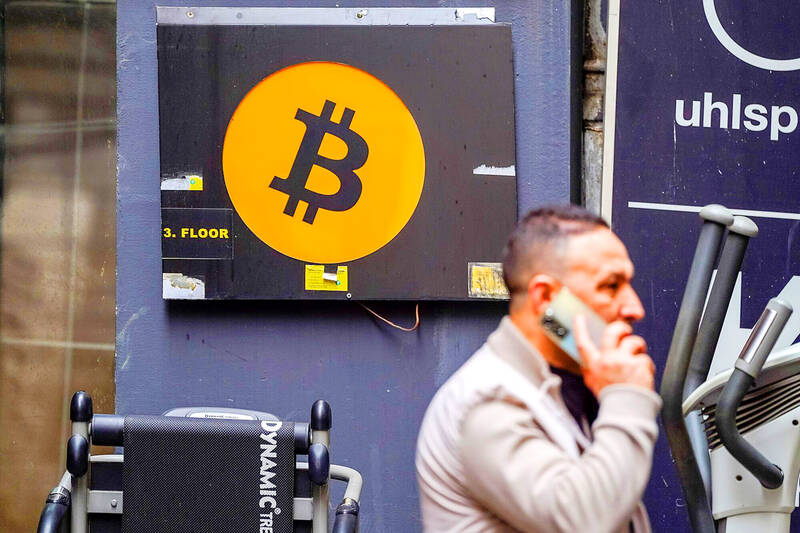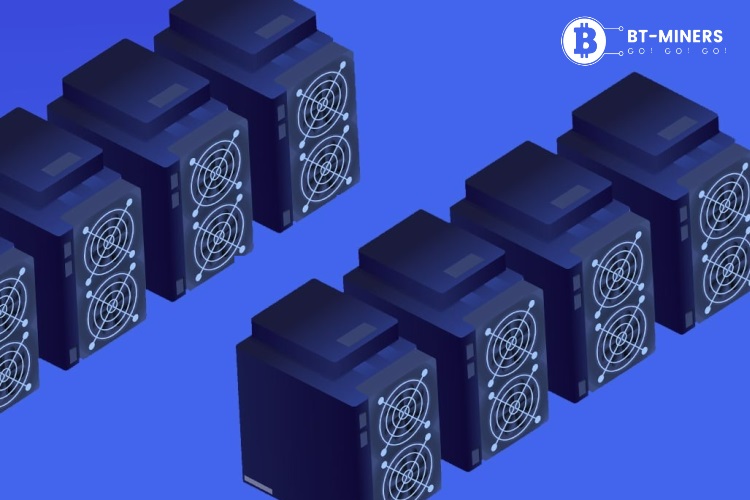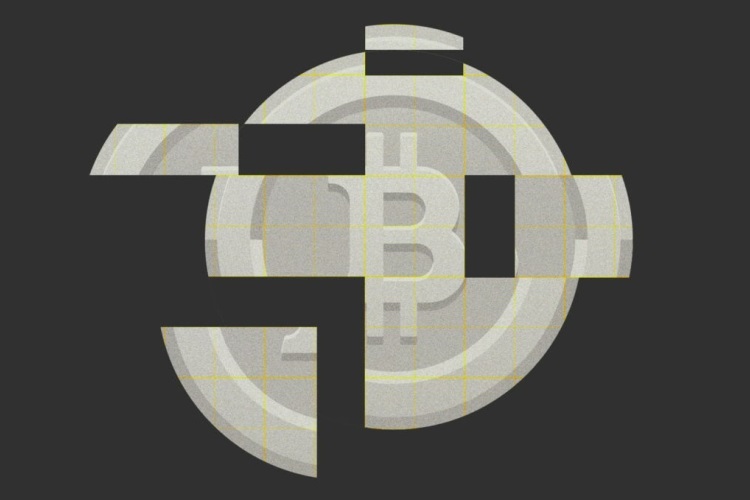Currently Empty: US$0.00

1. Why we have no idea exactly when the next Bitcoin halving will happen?
Bitcoin’s next halving event is expected to happen sometime in the second half of April. But nobody knows exactly when the network milestone will occur. It could happen on April 20, which would make for another tasty hit of serendipity during what’s already been a fortuitous bull market for bitcoin.
Other portals counting down the halving say it could happen a few days earlier. Block reward halvings cut the supply of new bitcoin by 50%, and through either allegiance to fractals or mere superstition, they’re considered catalysts for price growth and a bedrock for BTC’s perceived four-year market cycles.
Slashing issuance by half spiritually overhauls the fundamentals of supply and demand for bitcoin. Halvings don’t affect the overall difficulty of bitcoin mining, they just reduce the reward — effectively doubling the cost of bitcoin production. The importance of halvings suggests we should understand the specific time and date for their occurrence. Pinpointing an exact time and date for the halving is, however, impossible.
Miners run specialized machines — application-specific integrated circuits (ASICs) — capable of producing trillions of hashes per second. More machines means more trillions of hashes, which over time should convert to more bitcoin mined, despite its randomness (thus is the industrialized bitcoin mining industry we know today).
Finding blocks is a stochastic process. Sometimes they take seconds to find — other times, hours. This unpredictability is exactly why it’s not feasible to know when the next block will hit, let alone the next halving.
Still, the rate of discovery is influenced by what’s known as the global block difficulty. After every 2,016 blocks, Bitcoin calculates how long it took to discover that set and makes it either harder or easier to mine blocks.
“If the previous 2,016 blocks took more than two weeks to find, the difficulty is reduced. If they took less than two weeks, the difficulty is increased. The change in difficulty is in proportion to the amount of time over or under two weeks the previous 2016 blocks took to find,” per the long-serving Bitcoin community wiki.
In effect, a higher difficulty means fewer potentially correct hashes for miners to randomly guess. So, it takes longer to find the right one to successfully mine a block. And vice versa.
Because difficulty is only adjusted every two weeks, block production can still speed up over extended periods of time, especially when there are a lot of machines directed at the chain. If Bitcoin were to strictly add blocks every 10 minutes, then 144 BTC would be mined every day. Over the past year, 147 blocks have been added on average, largely on account of record-high hash rate.
All this to say, it’s impossible to know when the next halving, and any halving after that, will occur exactly, due to the random nature of bitcoin mining. It’s just not something you can set your clock to. But you can bet it’s on its way.
2. Bitcoin’s Halving May Be Here Sooner Than You Know
A recent surge in the computing power on the Bitcoin blockchain has sped up the creation of new blocks as mining companies seek to cash in on the bullish trends in the market.
Miners are bringing new, more powerful rigs online and even plugging in older machines again, pushing up the network computational power known as the “hashrate.”
History appears to be repeating itself: A similar dynamic played out four years ago in the months before the last halving, which came earlier than expected.
The crypto world is eagerly awaiting next month’s bitcoin “halving” – the once-every-four-years event when the reward for adding new data blocks to the network is reduced by 50%. It’s a natural, pre-programmed part of the blockchain’s underlying code.
Astute observers may have noticed, however, that the expected time and date keeps creeping closer. The halving is currently looking likely to fall around April 15, according to Nicehash’s countdown. Just a few months ago, it was supposed to come on April 28. A similar phenomenon was observed in the run-up to the last halving four years ago, and history appears to be repeating itself.
The halving is considered a momentous event by many, seen as a catalyst for bull runs in the bitcoin {{BTC}} price and certainly a talking point in this year’s runup to an all-time high just over $69,000. As the theory goes, if fewer new bitcoins are being created and demand keeps surging, they’re harder to come by, so the value of those already in existence increases. April’s halving will see the block reward reduce to 3.125 BTC from 6.25 BTC.
But there’s another dynamic playing out in the bitcoin market: As the price of the cryptocurrency rises, the rewards of mining it get richer, and more operators are encouraged to turn on their machines or ramp up their computational power, known as “hashrate.”
A recent surge in hashrate has sped up the creation of new blocks as mining companies seek to cash in, and they’ve pushed even harder by bringing newer, more powerful equipment online.
Not so long ago, the Bitcoin mining-machine maker Antminer’s S19s were all the rage. Now the S21s are the top of the line.
“The modern S19 miners series averages around 120 terahashes per second (TH/s), but when you plug in an S21, you’re almost doubling that hash rate per slot,” Taylor Monnig, senior vice president of technology for bitcoin miner CleanSpark (CLSK), said in an interview.
Halvings officially take place every 210,000 blocks, which works out at around once every four years as a new block is added to the network every 10 minutes on average.
There are occasional “difficulty adjustments” to maintain the cadence, but over periods of time – and especially in bull markets – the blockchain can speed up. Some firms will reinstall older kit that may soon be obsolete, in order to squeeze every drop of hash power out of their mining fleets as the halving approaches.
“Global hash rate was going to grow because lots of people ordered lots of machines. That’s the number one factor,” Adam Swick, chief growth officer of mining firm Marathon Digital (MARA), said in an interview. “Not as significant, but still evident, is that also people are re-plugging in some old machines due to the prices being high.”

3. Bitcoin ‘halving’ spurs exodus of US mining computers
About 6,000 older bitcoin mining machines in the US are to soon be idled and sent to a warehouse in Colorado Springs, where they are to be refreshed and resold to buyers overseas looking to profit from mining in lower-cost environments.
Wholesaler SunnySide Digital Inc operates the 3,251 square meter facility taking in the equipment from a mining client. The outdated machines are among several hundred thousand it expects to receive and refurbish around a major quadrennial update in the bitcoin blockchain.
Known as the “halving,” the event in late next month would slash the reward that is the main revenue stream for miners, who would try to lessen the impact by upgrading to the latest and most efficient technology.
With electricity the biggest expense, mining companies including publicly traded giants Marathon Digital Holdings Inc and Riot Platforms Inc need to lower usage costs to maintain a positive margin. Their older computers might still bring a profit, just not likely in the US.
“It’s a natural migration” with buyers of the old machines operating in parts of the world where power is the cheapest, said SunnySide Digital chief executive officer Taras Kulyk, who has resold US computers to miners in countries such as Ethiopia, Tanzania, Paraguay and Uruguay.
“This is accelerated by the halving,” he added.
About 600,000 S19 series computers, which account for a majority of machines currently in use, are moving out of the US mostly to Africa and South America, said Ethan Vera, chief operating officer at crypto-mining services and logistics provider Luxor Technology Corp in Seattle.
In bitcoin mining, specialized machines are used to validate transactions on the blockchain and earn operators a fixed token reward. Anonymous bitcoin creator Satoshi Nakamoto baked in the once-every-four-years halving to maintain the hard cap of 21 million tokens.
Next month’s event is the fourth since 2012 and the reward is to drop to 3.125 bitcoin from 6.25 now.
Bitcoin has surged 50 percent this year to about US$63,500, though it is down from a record high of US$73,798 reached on March 14 this year. Bringing more efficient machines online has become more urgent with the halving just weeks away, as continued use of older equipment could mean electricity costs would be close to or exceed mining revenue.
There are miners in the US opting not to sell their hardware and instead transfer the equipment to regions with lower electricity costs and third-party data centers. Nuo Xu (徐諾), who has two sites in Texas, is traveling this month to Ethiopia, Nigeria and a few other countries to scope out locations for about 6,000 older computers.
“There are more risks for my machines in Africa but I have to move them there,” he said. “Cheaper electricity outside the US means it will take a much shorter time to recover the overhead costs,” with labor and building materials also much less expensive, he added.
However, not all US-based equipment leaves the country. That process could be tougher for publicly traded companies because they have to take risk-averse shareholders into account. There is also some hesitation to relocate machines abroad due to transportation costs, breakage and security concerns.
Still, miners have been prepping for the halving for years and are spending big bucks to replace their older hardware. The 13 major public bitcoin-mining companies, including Riot Platforms and CleanSpark Inc, have placed orders for more than US$1 billion worth of machines since February last year, crypto-mining researcher TheMinerMag said.
Five of the biggest miners raised more than US$2.7 billion from selling shares in the two years ended in December last year.
Since the start of this year, those same miners have raked in an additional US$840 million, the researcher said.






 +1-813-820-0668
+1-813-820-0668 +971-800-012-0089
+971-800-012-0089 +91-22-5032-3009
+91-22-5032-3009 +44-333-015-6152
+44-333-015-6152 +61-2-8074-3443
+61-2-8074-3443